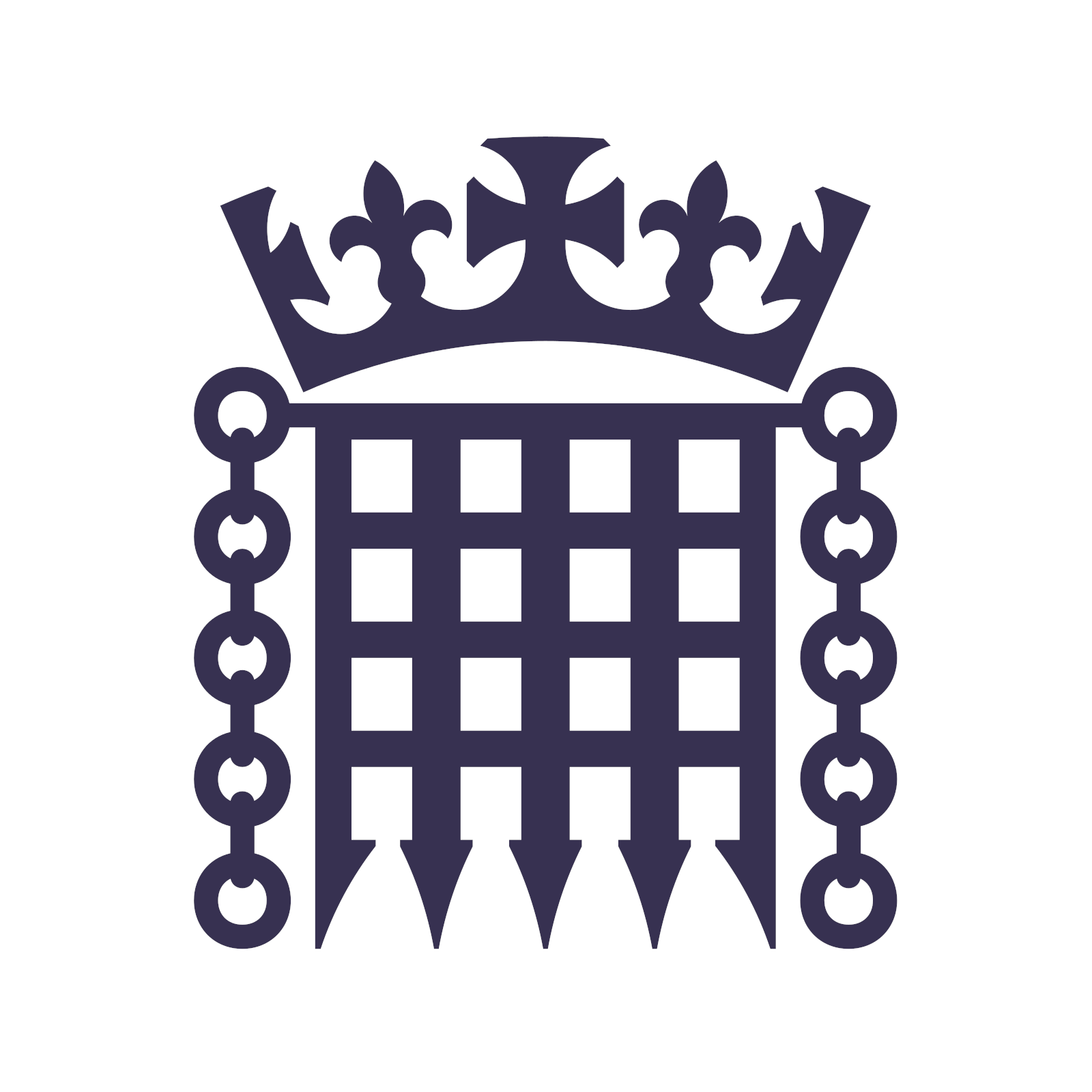

cool but then all the energy companies will be able to do that, so they will:
- enable a much more competitive market for everyone else
- still have huge investments to make to get a seat at the table
- struggle to win business because their brand is trash



there’s a good tutorial to host ollama and a vector database here